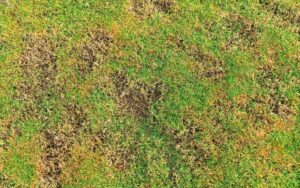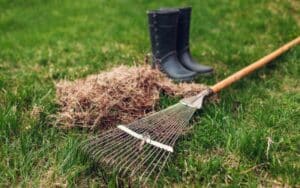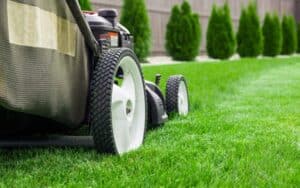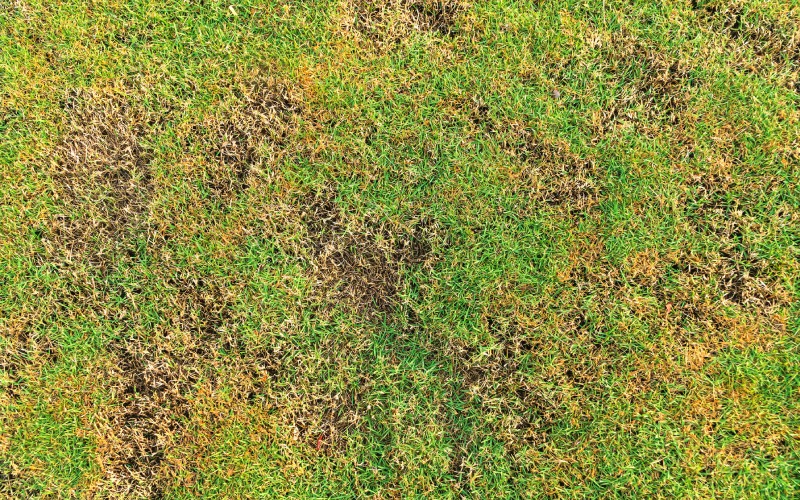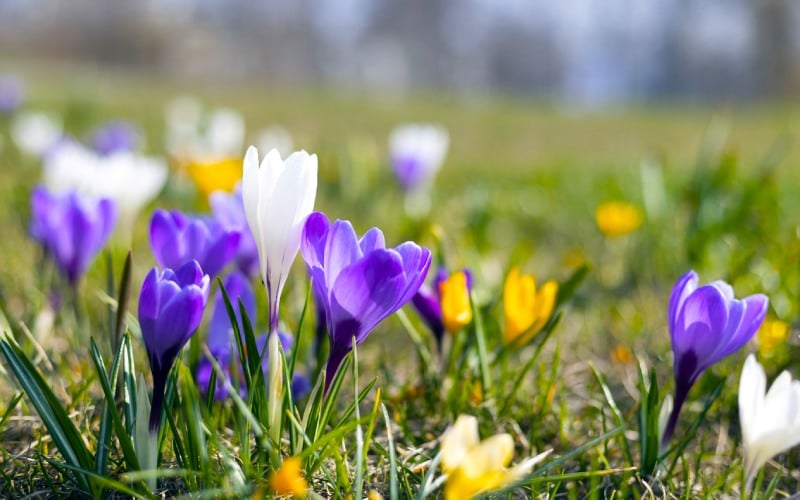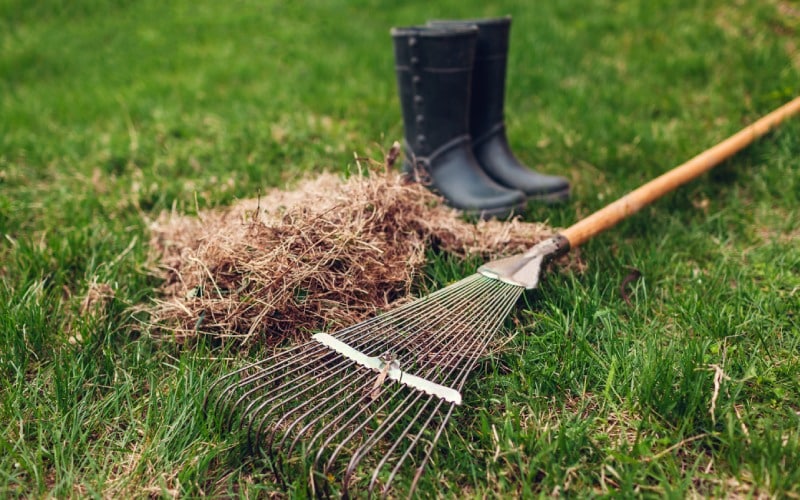Identifying the Weeds in Your Garden
Understanding the kind of weeds your garden hosts makes it easier to deal with them. While some are simple and easy to get rid of, you might get unlucky and sometimes have to deal with stubborn fast- growing crawlers like the crabgrass.
The type of weed you have will also determine the kind of tool to use. Young growing weeds are more accessible and can easily be yanked out of the soil as compared to tougher, deep-rooted weeds that require you to dig around their sides to remove them.
Preparing to Weed
- Protective gardening gloves – There are no special weeding gloves required for this task. However, consider going for those made of thicker material, like leather, especially if you will be working on tough or pointy weeds like thistles. Fitting gloves with a wrist closure will also keep your hands safer and enable you to work easier.
- Protection from the sun – Get a wide hat and use sunscreen when going to the garden. Weeding is time-consuming, and the prolonged exposure to your head, neck, and other exposed parts of your body may cause sunburns.
- Use ergonomic friendly tools –It makes little sense to take care of your garden at the expense of causing harm to your back. In this regard, use tools that make your work comfortable. Kneepads and low benches are some examples.
Choosing Your Weeding Tools
Bothersome as they are, pulling out weeds from your garden can cause them to break off at the stems, giving their trapped roots a chance to live and grow again. To prevent this, arm yourself with sharp and easy-to-grip weeding tools. There are two main types of weeding tools. These are:
- Small handled tool – You can easily go down on your knees when working on a small area. A short-handled tool like a shovel or a weeding slice will work best in such a scenario.
- Long-handled tool – To cover a larger area faster, it is preferable that you get a long-handled tool like a vegetable hoe. Optionally, consider getting a Radius Pro Weeder. Featuring a circular-shaped handle, it is ideal for gardeners with wrist problems or arthritis.
- Garden torch – The joy of weeding lies in ensuring the nutrient thieves die once and for all. This is where the garden torch comes in. This tool emits a flame that you can use to burn the weeds, consequently cutting off their life
- Block paving fork –If you have plants you would like to protect from the hacking of a hoe, get a block paving fork. This easily gets in the gaps leaving your plants unharmed.
- Dandelion weeder – This tool will come in handy when yanking out tap-rooted intruders.
Effective Weeding Tips
- Work with loose soil – Working with moist soil is an ideal option as it makes it easier to pull out weeds. This is why you find many gardeners weeding after a rainy period. Optionally, you can water your garden and let it moisten before you begin.
- Proceed with caution – Be careful not to trap weeds under the soil when working on the dry ground. Some weeds especially those with fibrous roots are even more demanding and will require you to dig around them first before pulling them out of the ground.
- Pinch and pull – Pulling out weeds may seem easy and highly dependent on physical strength. Although this might make sense, especially when dealing with crab weed, there is a better and more effective way of doing it. Pinch the weed at its lowest point on the ground to minimize the chances of it breaking at the stem, then gently, but firmly pull it out.
Keep Weeds Away for Good
- Mulch – Mulching is beneficial as it keeps your plants moist and cool. At the same time, it cuts off most of the light at the ground level making it difficult for weeds to survive. This is not to say that a little light cannot seep through the much, so for this to work efficiently, replenish your mulch as often as possible.
- Regulate water – Rather than sprinkle water all over your garden, consider using other watering methods like drip irrigation or watering by hand. This will keep your plants hydrated, while the weeds slowly wither from thirst.
- Dispose of weeds – Once removed, do not leave your weeds lying around in the garden. Some species are notorious at re-rooting and growing back. To prevent this, separate the cunning roots and throw them away, or burn them. Put the rest in your compost pile, if you have one, to use later.
- Minimize gaps – Large gaps between your plants facilitate the growth and spreading of weeds. To curb this, space them a little closer to each other. Be careful, however, to leave enough space, so the plants do not touch when they grow. This applies mostly to plants that are prone to foliar diseases.







